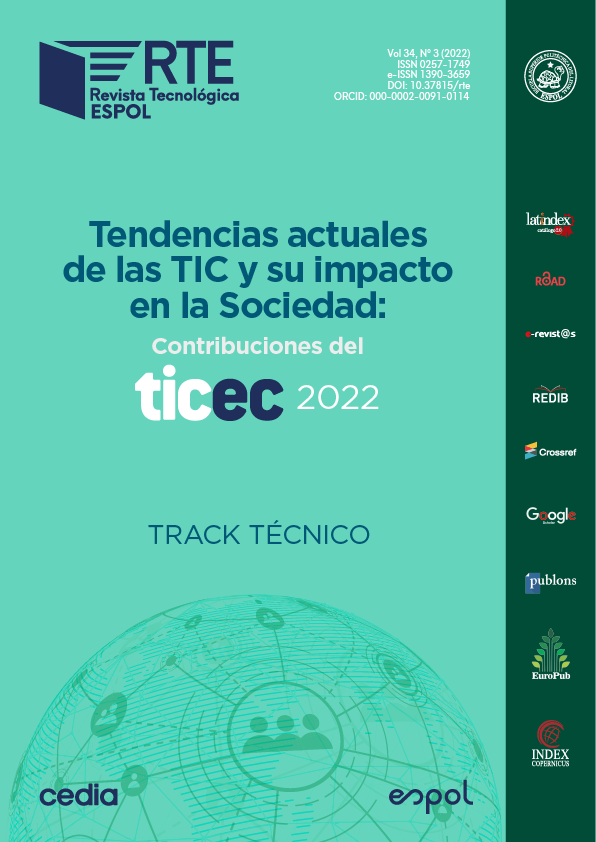Human mobility to Ecuador has been a topic of increasing diffusion in the current situation, due to the post-pandemic conditions that the country is going through. For this reason, this article examines the information concerning the citizens who have received a visa from the Ministerio de Relaciones Exteriores y Movilidad Humana. Based on the available data, the analysis has focused on applicants from Colombia and Venezuela. Two machine learning models have been used in order to highlight and validate a possible relationship between the socioeconomic characteristics of citizens with respect to their migratory category; identifying whether variables such as age, gender, marital status, and nationality can influence the visa application with respect to the type of residence. According to the findings, single Colombian citizens, regardless of their age, opt for temporary residency, while divorced Colombians opt for permanent residency. For single Venezuelan citizens under 23 years of age, the majority have permanent residency; however, those older than 23 years of age opt for temporary residency.

This work is licensed under a Creative Commons Attribution-NonCommercial 4.0 International License.
References
Beverly Park Woolf, Editor(s): Beverly Park Woolf, Building Intelligent Interactive Tutors, Morgan Kaufmann, 2009, ISBN 978-0-12-373594-2, https://doi.org/10.1016/B978-0-12-373594-2.X0001-9
Gandini, Luciana & Prieto Rosas, Victoria & Lozano-Ascencio, Fernando. (2019). El éxodo venezolano: migración en contexto de crisis y respuestas de los países latinoamericanos.
Goicoechea, A. P. (2002). Imputación basada en árboles de clasificación. Eustat. Available in: http://www. eustat. es/documentos/datos/ct, 4.
Jaime Cerda y Lorena Cifuentes. Uso de curvas ROC en investigación clínica. Aspectos teórico-prácticos. Revista chilena de infectología, 29:138 – 141, 04 2012.
J. R. Quinlan. 1996. Learning decision tree classifiers. ACM Comput. Surv. 28, 1 (March 1996), 71–72. https://doi.org/10.1145/234313.234346
Liberona Concha, N. (2020). Fronteras y movilidad humana en América Latina. Nueva sociedad, (289), 49-58.
Loor Valeriano, Katherine (2012). Estadísticas y distribución espacial de la migración en el Ecuador según censo 2010. Dspace espol. http://www.dspace.espol.edu.ec/handle/123456789/24824
M. K. Dahouda and I. Joe, "A Deep-Learned Embedding Technique for Categorical Features Encoding," in IEEE Access, vol. 9, pp. 114381-114391, 2021, doi: 10.1109/ACCESS.2021.3104357
M. R. A. Iqbal, S. Rahman, S. I. Nabil and I. U. A. Chowdhury, "Knowledge based decision tree construction with feature importance domain knowledge," 2012 7th International Conference on Electrical and Computer Engineering, 2012, pp. 659-662, doi: 10.1109/ICECE.2012.6471636.
Pedregosa, Fabian & Varoquaux, Gael & Gramfort, Alexandre & Michel, Vincent & Thirion, Bertrand & Grisel, Olivier & Blondel, Mathieu & Prettenhofer, Peter & Weiss, Ron & Dubourg, Vincent & Vanderplas, Jake & Passos, Alexandre & Cournapeau, David & Brucher, Matthieu & Perrot, Matthieu & Duchesnay, Edouard & Louppe, Gilles. (2012). Scikit-learn: Machine Learning in Python. Journal of Machine Learning Research. 12.
Proyecto (In)Movilidad En Las Américas, Ficha de Ecuador. Covid-19 e (In)movilidad en las Américas, 2020, enlace: https://www.inmovilidadamericas.org/ecuador.
Salcedo Poma, Celia Mercedes, Estimación de la ocurrencia de incidencias en declaraciones de pólizas de importación ,Informe Profesional (Lic.) Universidad Nacional Mayor de San Marcos. Facultad de Ciencias Matemáticas. EAP. de Estadística, 2002.
J P Shaffer, Multiple Hypothesis Testing, Journal Article, 1995, Annual Review of Psychology, 561-584, https://www.annualreviews.org/doi/abs/10.1146/annurev.ps.46.020195.003021
Rojo, J. M. (2006). Análisis descriptivo y exploratorio de datos. Laboratorio de Estadística del Instituto de Economía y Geografía Consejo Superior de Investigaciones Científicas, Madrid.
Rubén Fernández Casal y Julián Costa. Aprendizaje estadístico. GitHub, 2020.
Yaser S. Abu-Mostafa, Malik Magdon-Ismail, and Hsuan-Tien Lin. 2012. Learning From Data. AMLBook.







